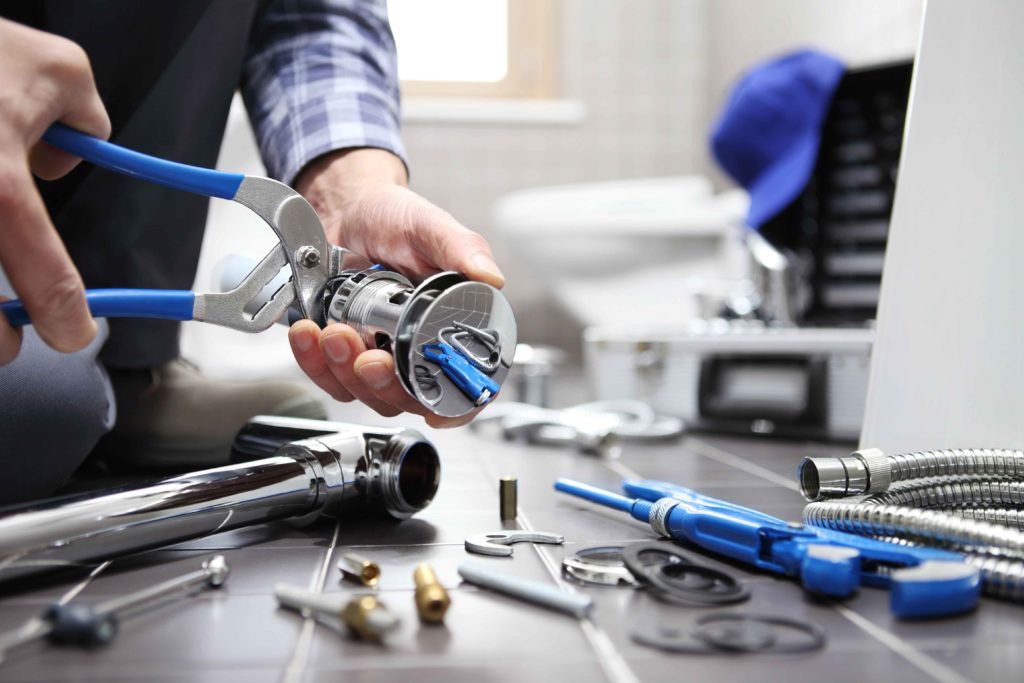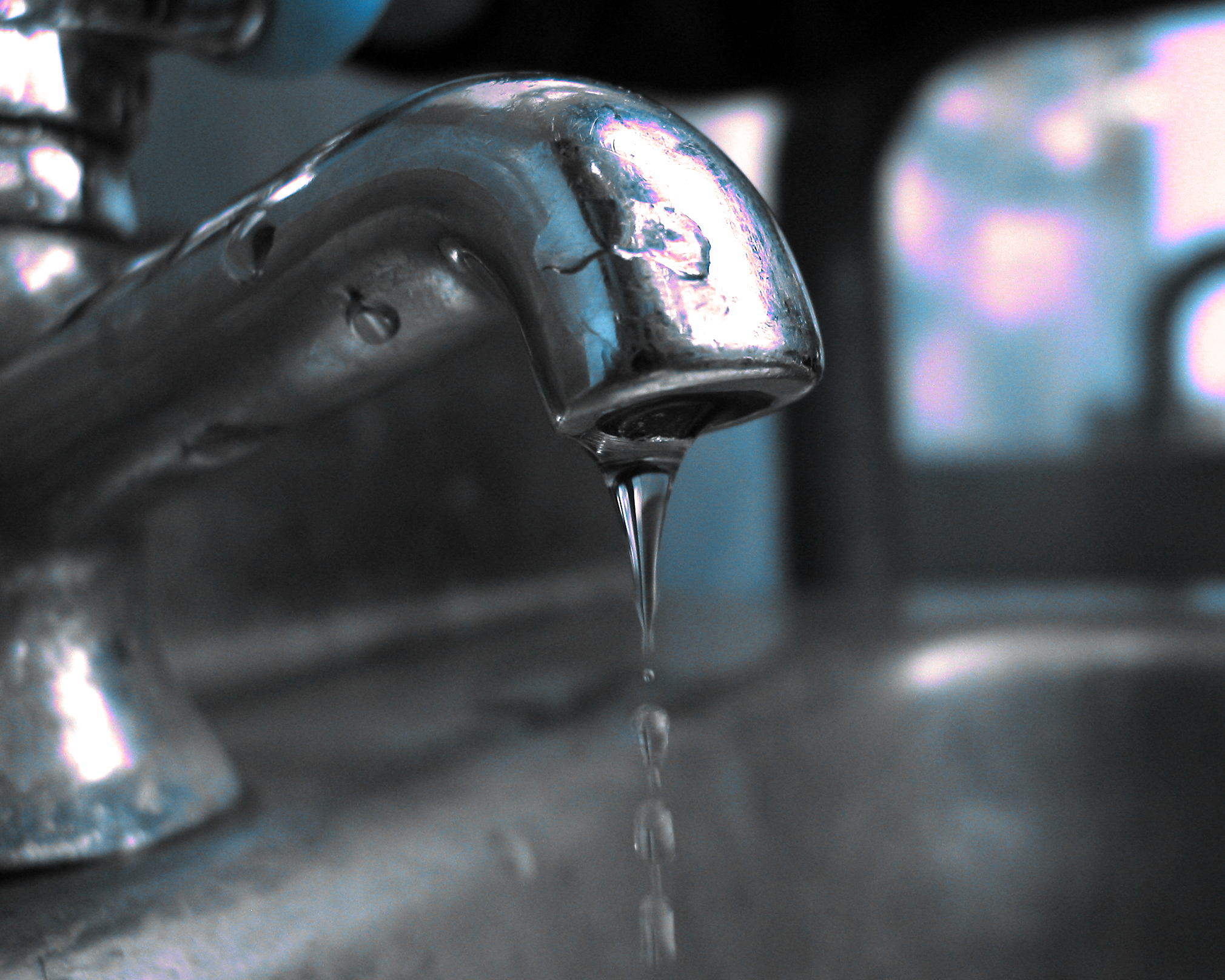The Explanations Behind Fixing a Malfunctioning Faucet
The Explanations Behind Fixing a Malfunctioning Faucet
Blog Article
Just how do you feel with regards to 4 Common Reasons for a Leaky Faucet?

Dripping faucets might appear like a small aggravation, however their influence exceeds just the inconvenience of the sound. From drainage to incurring unneeded economic expenses and health risks, neglecting a leaking faucet can bring about various effects. In this short article, we'll look into why it's important to address this typical house problem without delay and efficiently.
Wastefulness of Water
Environmental Impact
Leaking faucets contribute considerably to water waste. According to the Epa (EPA), a single faucet leaking at one drip per secondly can throw away more than 3,000 gallons of water annually. This not just stress water sources but additionally affects communities and wild animals depending on them.
Step-by-Step Guide to Repairing a Dripping Faucet
Devices Called for
Before attempting to repair a leaking tap, collect the required tools, consisting of a flexible wrench, screwdrivers, replacement parts (such as washing machines or cartridges), and plumber's tape.
Common Tap Issues and Their Solutions
Determine the sort of tap and the specific concern causing the drip. Typical problems include damaged washing machines, rusty shutoff seats, or defective O-rings. Describe supplier guidelines or on-line tutorials for step-by-step assistance on fixings.
Financial Expenses
Enhanced Water Costs
Beyond the ecological impact, trickling faucets can pump up water costs substantially. The accumulated wastage gradually converts into higher utility costs, which can have been stayed clear of with prompt repair services.
Possible Residential Property Damages
Furthermore, prolonged trickling can result in damage to fixtures and surface areas bordering the faucet. Water build-up can cause discoloration, deterioration, and also architectural problems if left neglected, leading to extra repair prices.
Wellness Concerns
Mold And Mildew and Mildew Growth
The consistent presence of wetness from a dripping faucet produces a perfect atmosphere for mold and mildew and mildew growth. These fungi not just compromise interior air top quality yet additionally pose wellness threats, especially for individuals with breathing conditions or allergies.
Waterborne Illness
Stagnant water in dripping taps can become a breeding place for microorganisms and various other virus, raising the risk of waterborne diseases. Contaminants such as Legionella bacteria flourish in stagnant water, possibly causing major illnesses when consumed or breathed in.
DIY vs. Specialist Repair service
Advantages and disadvantages of DIY Repair Service
While some might try to deal with a leaking faucet themselves, DIY repairs come with their very own set of challenges. Without correct expertise and devices, do it yourself efforts can exacerbate the issue or lead to incomplete repair services, prolonging the issue.
Advantages of Working With a Specialist Plumber
Employing a professional plumber makes sure that the underlying reason for the trickling faucet is attended to effectively. Plumbers possess the knowledge and tools to diagnose and repair faucet problems effectively, saving time and decreasing the danger of further damage.
Ecological Responsibility
Private Payment to Conservation
Taking duty for repairing leaking taps lines up with more comprehensive efforts toward water preservation and ecological sustainability. Every person's actions jointly make a considerable effect on protecting priceless sources.
Lasting Living Practices
By prioritizing punctual repair work and adopting water-saving habits, people contribute to sustainable living practices that benefit both existing and future generations.
Preventive Measures
Regular Upkeep Tips
To avoid trickling faucets, perform regular maintenance such as cleansing aerators, examining for leakages, and changing worn-out components promptly. Furthermore, take into consideration setting up water-saving tools or upgrading to much more reliable components.
Significance of Prompt Fixes
Addressing dripping faucets as quickly as they're noticed avoids additional water wastefulness and possible damages, inevitably conserving both water and cash in the future.
Influence On Residential Property Worth
Assumption of Well-Maintained Building
Keeping a residential or commercial property in good condition, including dealing with maintenance concerns like trickling faucets, enhances its regarded worth and value amongst prospective purchasers or tenants.
Impact on Resale Value
Characteristics with well-maintained plumbing components, including taps, command higher resale worths in the real estate market. Resolving leaking taps can contribute to a favorable impression during property inspections and negotiations.
Verdict
Addressing a dripping faucet exceeds simple comfort; it's a crucial action towards preserving water, reducing economic prices, and guarding wellness and property. Whether through do it yourself fixings or professional aid, doing something about it to take care of leaking faucets is a tiny yet impactful means to promote responsible stewardship of sources and contribute to a healthier, extra sustainable future.
How to Fix a Dripping or Leaky Faucet
A leaking faucet is one of the most common problems that homeowners encounter, but it being commonplace doesn’t make it any less annoying. The constant drip drip drip of a leaking bathtub faucet, showerhead, or sink tap can disturb your home’s serenity. Left neglected, a dripping faucet can also result in higher water bills and discoloration or mold growth in your sink or plumbing fixtures.
Fortunately, you don’t have to be a trained plumber to know how to stop a dripping faucet. With some basic tools, replacement parts, and a little patience, leaky faucet repair is a breeze. In this article, we’ll explain what causes dripping faucets and how you can fix them.
What Causes a Leaking Faucet?
Kitchen and bathroom faucets come in all manner of designs, but most involve some combination of valves, O-rings, seals, and washers. The O-ring is usually the weakest link, but any one of these pieces can wear down over time. Heat, moisture, temperature fluctuations, minerals, mold, and movement can contribute to warping and corrosion, breaking the watertight seal. This just comes with the territory of being a homeowner. Everything is always subject to wear and tear, and some component parts of your appliances and fixtures need to be replaced on occasion. At least replacement O-rings are cheap!
More rarely, dripping faucets can be a symptom of excessively high water pressure. Were this the case in your home, you would probably notice that the leak is not isolated to one faucet. Water pressure issues are harder to resolve on your own. We recommend contacting a professional plumber if you suspect your water pressure is too high.
How to Fix a Dripping Faucet
Pipe wrench or monkey wrench Allen wrench set Screwdrivers Old towel or rag Shut off the water.
Before you do anything, you need to turn off the water to keep from drenching your kitchen or bathroom. You should find a valve under the sink and against the wall. Once you’ve turned this valve, try turning the faucet on to confirm that the water source has been cut off.
If you can’t locate your local valve for the faucet you’re working on, you can always shut off the water to the house at the main valve. Of course, this will prohibit anyone from using the sinks, showers, or toilets while you’re working on the faucet that’s giving you trouble.
Plug or block the drain.
You’ll be disassembling the faucet and removing some small bits of hardware. Plug the drain with a stopper or rag to avoid the possibility of a small screw falling into your P-trap.
Take apart the faucet assembly.
There are several varieties of kitchen and bathroom faucets, each with its own manner of assembly. For detailed instructions on how to disassemble your faucet, you can refer to the fixture’s manual or contact the manufacturer. If you know whether you have a ball, disc, cartridge, or compression faucet, you can find detailed schematics online.
In general, you need to begin by removing the faucet handles. You might notice a small screw that you’ll need to remove with a screwdriver or Allen wrench. If you don’t see any visible securing hardware, it’s likely hidden under a decorative cap that can be unscrewed or popped off with flathead screwdriver.
Remove each piece methodically, consulting a schematic when necessary. Take notes or arrange the pieces in such a way to make it easier to correctly reassemble the faucet later.
Remove the cartridge.
Once you’ve removed the handles and securing hardware, you should be able to remove the valve cartridge or stem. Some cartridges will slide right out. Other faucet models will require you to loosen a nut with a pipe wrench before you can remove the valve stem.
Examine the exposed hardware.
With the cartridge or stem removed, inspect the component parts. Check the rubber O-rings for wear and tear. Also examine the seat washer for corrosion or other damage. These pieces are usually the responsible parties for a dripping faucet, but it’s worth inspecting the other component parts while you have the faucet disassembled.
Find replacement parts.
Once you’ve identified which faucet component has failed, find an identical replacement. Your local hardware store should have O-rings, seat washers, and other standard components in stock. If you have a luxury or uncommon faucet, you may have to contact the manufacturer for a replacement part.
It’s a good idea to take your old parts with you to the hardware store so you can compare them with the store’s inventory and be sure you’re purchasing the correct replacement.
Reassemble the faucet.
With your new parts in hand, reconstruct the faucet and handles. Don’t be tempted to overtighten screws or nuts. You might think this could create a better seal, but it can instead damage or bend a delicate part of the assembly and create a new problem for you.
Turn on the water and test the faucet.
The only thing left to do is test your work. Unplug the sink, turn the water back on, and try the faucet. Congratulate yourself on a job well done!
https://www.libertyhomeguard.com/how-to-fix-a-dripping-or-leaky-faucet/

As an avid person who reads about Why Are My Faucets Dripping (And Can I Fix It Myself)?, I was thinking sharing that piece of content was really helpful. Are you aware of somebody who is looking into Water Dripping from Faucet: Why and How to Fix? Be sure promote it. Thank you for your time. Kindly come by our website back soon.
Report this page